What if you could turn this architectural challenge into a remarkable advantage? While it may seem daunting, this distinctive surface provides an exciting opportunity to blend functionality with architectural elegance. Whether you’re a professional installer or a DIY enthusiast, mastering the complexities of installing solar panels on a curved roof will empower you to create a striking and sustainable energy solution.
To help you navigate this process, here are the essential steps for installing solar panels on a curved roof.
Steps to install solar panels on a curved roof:
Step 1 – Assess the roof’s curvature
Conduct a thorough assessment of the roof’s curvature to determine the best placement and orientation of the solar panels. Typically, this is confirmed based on solid structural drawings.
However, at Clenergy, we recognise that access to complete structural drawings can sometimes be limited. To address this, we proactively request clients to confirm the key dimensions below, as required by industry standards.
Step 2 – Evaluate roof support
Consult an engineer to ensure the roof can safely support the solar installation by assessing its structural capacity.
Step 3 – Select and install mounting brackets
Choose mounting brackets that can accommodate the roof’s curvature, based on the site conditions, roof shape, and the wind pressures the system will be exposed to.
Securely install the brackets, such as the front legs (ER-TL-FF) of Clenergy’s PV-ezRack, following the installation conditions outlined in the site-specific certificate.
Clenergy Engineering offers site-specific engineering certification, providing thorough assessments to determine the most cost-effective solutions for your project. Our in-house experts analyse factors such as wind actions and the structural behaviour of our products, delivering mounting solutions that include the type of tilt interface, fixing spacings, and the number of rails per panel.
Step 4 – Align and install the solar panels
Connect the solar panels to the mounting system, ensuring they are aligned to maximise sunlight exposure while considering the roof’s angles.
Complete the remainder of the electrical installation, adhering to all relevant installation rules and regulations.
Step 5 – Perform regular maintenance and inspection
Regularly inspect and maintain the solar installation to ensure long-term performance and durability, especially considering the unique characteristics of a curved roof.
Key considerations for curved roof installations:
Structural integrity and load-bearing capacity: Evaluate the structural integrity and load-bearing capacity of the curved roof before installation. Ensure it can support the weight of the solar panels and mounting system without compromising stability. If in doubt, consult a structural engineer.
Wind and weather considerations: Wind and weather conditions can significantly influence the outcome of solar installations on curved roofs. Installers need to be aware of key wind-related factors to identify potential red flags early in the process.
For instance, varying wind pressures are experienced across different Wind Regions, particularly if the site is located in a Wind Risk Area (WRA) or a cyclone-prone zone. High-wind areas require special consideration due to the severe pressures involved. Consulting the latest Australian Standard AS 1170.2-R2024 will help ensure the system is designed to withstand these conditions effectively.
Installing solar panels on a curved roof might seem challenging, but with the right approach and attention to detail, it can be a rewarding endeavor. By carefully considering the structural integrity and weather conditions, you can ensure that your solar installation is both efficient and secure.

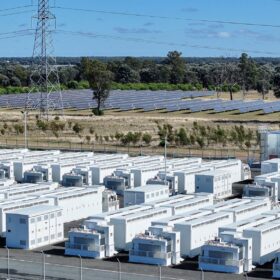
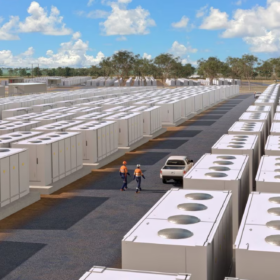
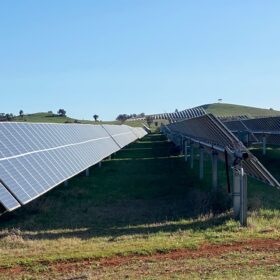
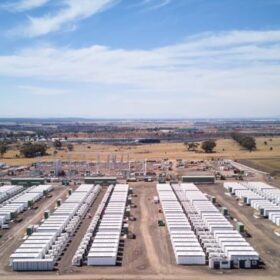
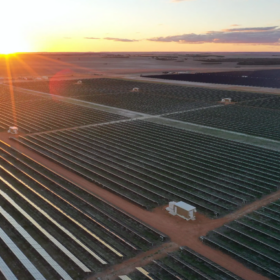
By submitting this form you agree to pv magazine using your data for the purposes of publishing your comment.
Your personal data will only be disclosed or otherwise transmitted to third parties for the purposes of spam filtering or if this is necessary for technical maintenance of the website. Any other transfer to third parties will not take place unless this is justified on the basis of applicable data protection regulations or if pv magazine is legally obliged to do so.
You may revoke this consent at any time with effect for the future, in which case your personal data will be deleted immediately. Otherwise, your data will be deleted if pv magazine has processed your request or the purpose of data storage is fulfilled.
Further information on data privacy can be found in our Data Protection Policy.